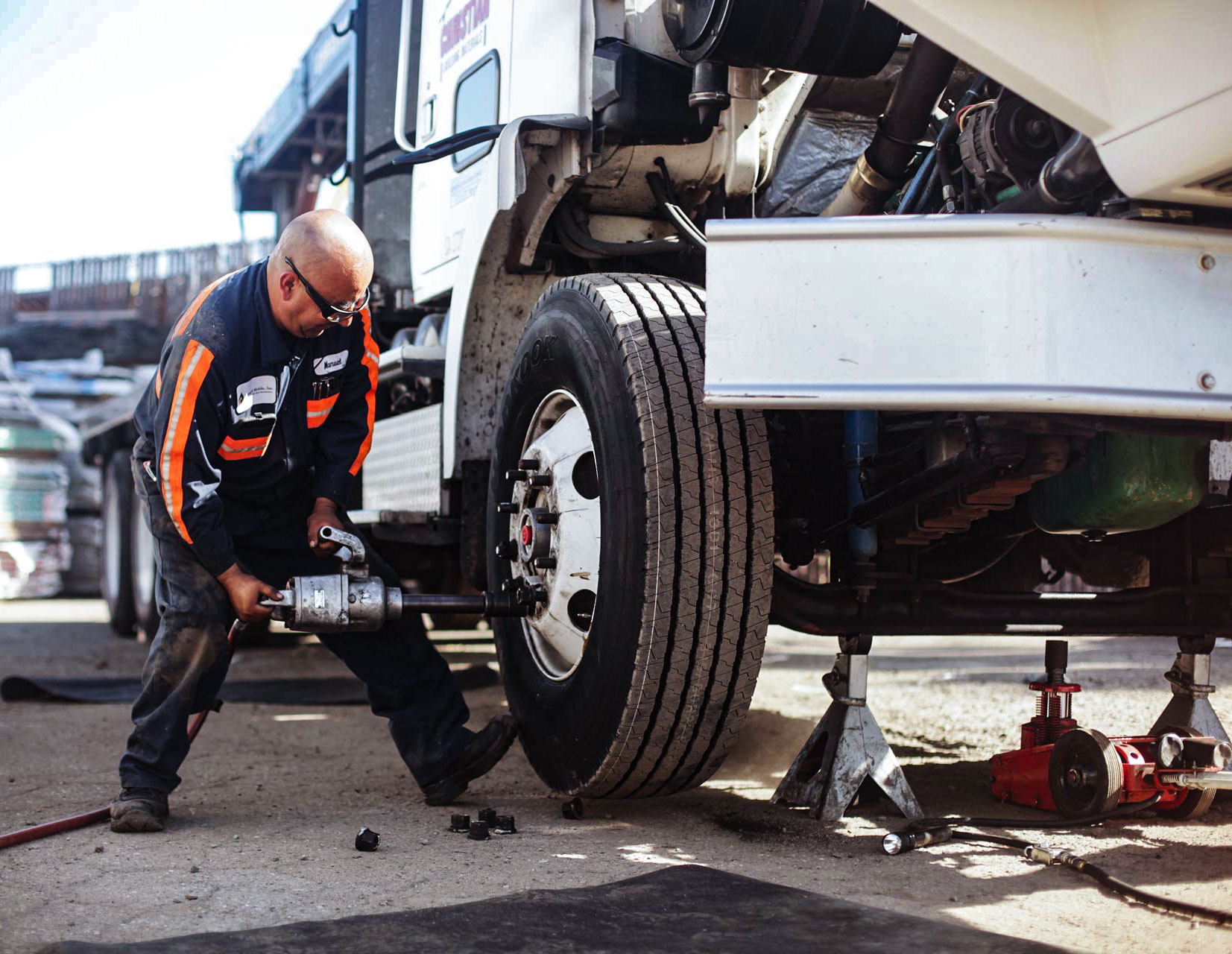Tire Repair Myths Debunked: Separating Fact From Fiction
In the world of auto maintenance, tire repair holds a significant area, yet it is often shrouded in misconceptions and mistaken beliefs that can result in complication for vehicle owners. Recognizing the distinction in between truth and fiction when it pertains to tire repair service is critical for guaranteeing both security and cost-effectiveness. From the misunderstandings bordering patching versus connecting a punctured tire to the performance of various tire sealants, there are numerous vital locations where clearness is required to make educated decisions. Let's clarify some usual tire repair service misconceptions and separate them from the truth to empower you with the knowledge needed to navigate this crucial aspect of lorry upkeep.
Common Tire Repair Work Misconceptions
Eliminating widespread mistaken beliefs bordering tire repair service is vital for preserving road safety and security and extending the longevity of your automobile's tires. It is vital to recognize that not all slits are developed equivalent; while some may indeed call for a tire replacement, the bulk can be securely fixed.
One more mistaken belief is the idea that a DIY tire repair service package is an adequate remedy for all tire problems. While these kits can be handy for momentary fixes in emergencies, they are not a long-term remedy and might not address the underlying problem (morris tire). Looking for the expertise of a certified tire specialist is always advised to guarantee the safety and security and integrity of the tire

Can You Repair a Punctured Tire?
Repairing a pierced tire is an usual practice in the vehicle sector, often executed by specialist specialists following certain guidelines and criteria. However, not all slits can be repaired. The area, size, and seriousness of the leak are important consider determining if a tire is repairable. Punctures located on the step location of the tire are generally repairable as lengthy as they are within a particular dimension limit and do not impact More Bonuses the tire's structural integrity.
It is essential to keep in mind that penetrates near the sidewall or shoulder of the tire are usually not repairable as a result of safety and security worries. Such locations undergo substantial stress and anxiety and flexing, making repairs undependable and potentially harmful. In addition, if the slit is too large, exceeding the recommended repairable size, or if the tire look at this website shows signs of interior damage, it is more secure to replace the tire altogether.
The Truth About Patching Vs. Plugging
When taking into consideration the repair service of a pierced tire, understanding the differences in between patching and plugging is necessary for making informed choices pertaining to tire upkeep and safety and security. Patching entails repairing the tire from the inside, where a patch is put on cover the leak. This method is thought about even more dependable and resilient as it addresses the damage internally, decreasing the threat of air leak and further tire damages. On the various other hand, plugging is a quick repair that includes putting a rubber connect into the pierced area from the exterior. While plugging is hassle-free and can be done without eliminating the tire from the edge, it is generally considered a momentary option and might not supply the very same level of durability as a patch.
Myth: All Tire Sealants Work

When picking a tire sealer, consider variables such as the dimension of punctures it can properly repair, compatibility with tire pressure surveillance systems (TPMS), and whether it is safe for the tire material. Remember, while tire sealers can be valuable in emergencies, they are not a substitute for correct tire treatment and maintenance.
Best Practices for Handling Flat Tires
Taking into account the differing efficiency of tire sealants, understanding ideal methods for dealing with blowouts is essential for keeping roadway safety and automobile performance. When running into a flat tire, Check This Out the first step is to safely draw over sideways of the road, away from approaching web traffic. Activate threat lights to alert other vehicle drivers of your situation. It is recommended to apply the emergency brake and place wheel wedges under the tires to stop the car from rolling. Next, consult your car's guidebook to locate the spare tire, jack, and lug wrench. Before attempting to alter the tire, guarantee that the location is flat and stable. Loosen up the lug nuts, elevate the vehicle with the jack, remove the lug nuts and puncture, and replace it with the extra tire. Tighten the lug nuts in a star pattern, lower the car, and safely tighten the lug nuts. Stow away the flat tire, devices, and equipment, and bear in mind to examine the extra tire's stress regularly. Complying with these finest methods can assist you manage blowouts successfully and safely.
Verdict
In final thought, it is very important to different fact from fiction when it involves tire repair myths. Comprehending the reality about patching vs. plugging, the efficiency of tire sealants, and finest techniques for handling punctures can aid guarantee the safety and security and durability of your tires. By exposing usual mistaken beliefs and complying with correct fixing standards, you can make informed decisions when it pertains to keeping the health of your car's tires.